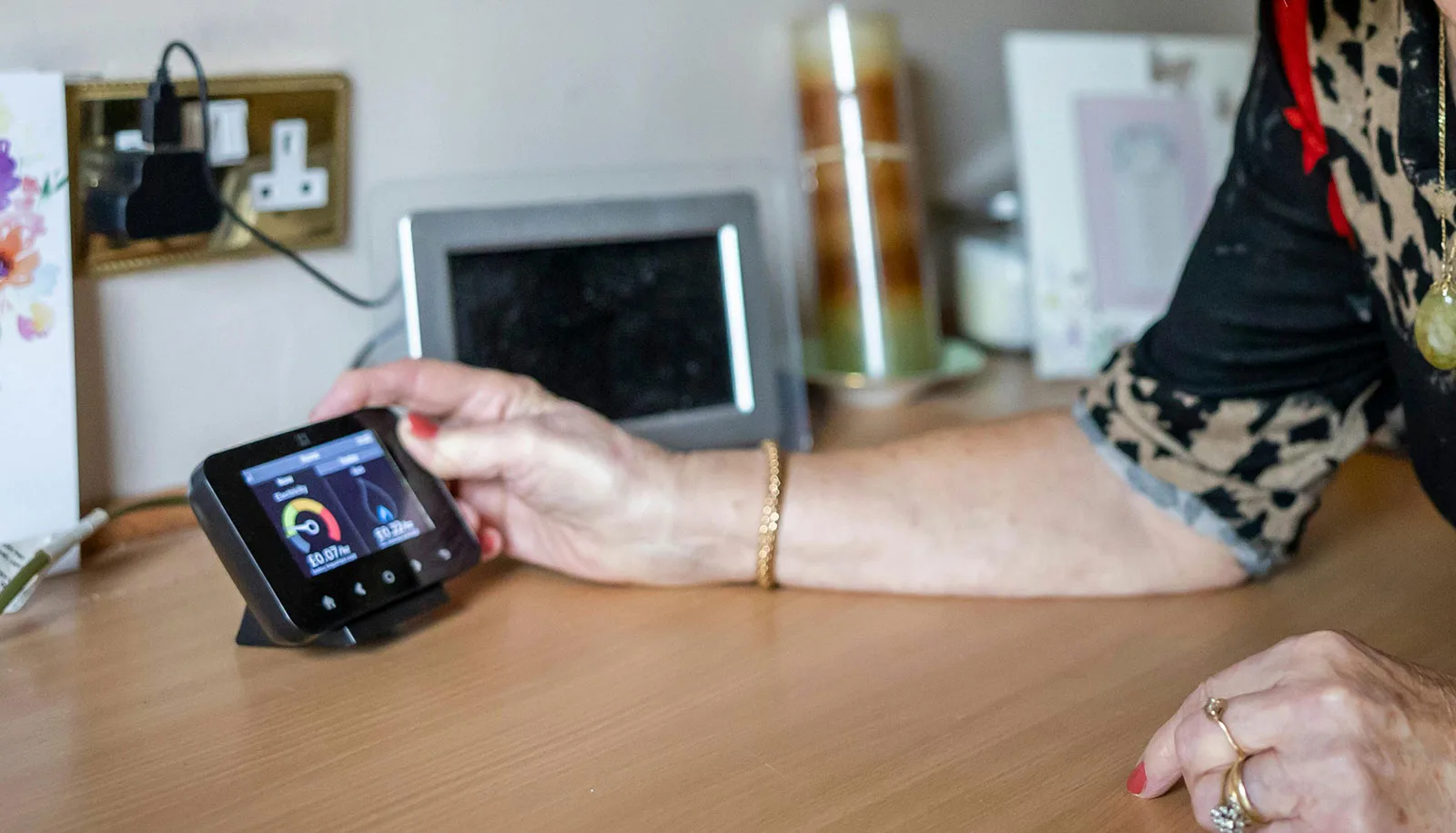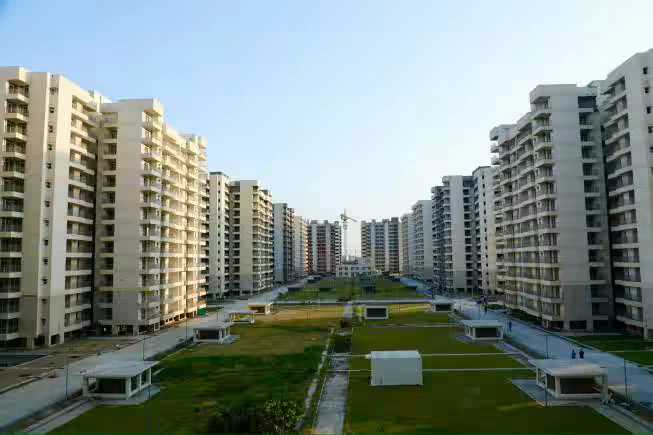Table of Content
- What Is Smart Energy Saving?
- 1. Energy-Efficient Lighting Solutions
- 2. Optimizing Heating and Cooling Systems
- 3. Smart Use of Household Appliances
- 4. Insulation and Home Sealing Tips
- 5. Smart Devices for Energy Management
- 6. Water Conservation for Energy Efficiency
- 7. Renewable Energy Solutions for Homes
- 8. Low-Cost Everyday Energy Hacks
- 9. Energy-Efficient Home Makeover Ideas
- Conclusion
In today’s world, rising electricity costs and growing environmental concerns have made Smart Energy Saving a top priority for homeowners. Saving energy doesn’t mean sacrificing comfort; it’s about using electricity efficiently and making small changes that add up over time. Whether it’s a fan running all night, a geyser left on unnecessarily, or devices left plugged in, these habits can significantly inflate your electricity bills. By adopting simple and effective strategies, you can reduce energy consumption, lower costs, and contribute to a greener planet.
What Is Smart Energy Saving?
Smart Energy Saving combines mindful energy use, technology-driven solutions, and sustainable habits. The goal is to maintain comfort and convenience while consuming less electricity. The benefits are twofold: lower utility bills and a smaller environmental footprint. Modern tools like energy-efficient appliances, smart thermostats, and real-time energy monitoring systems make it easier than ever to track, control, and minimize energy usage at home.
Also Read: Sustainable and Cost-Effective Alternatives to Cement in India for Construction
1. Energy-Efficient Lighting Solutions
Lighting is one of the simplest areas to optimize for energy savings.
- Switch to LED bulbs: LEDs use up to 80% less energy than traditional incandescent bulbs and last much longer, reducing both electricity bills and replacement costs.
- Install motion sensors or timers: Lights automatically turn off in empty rooms, preventing unnecessary energy use.
- Maximize natural daylight: Keep curtains open and use reflective surfaces to brighten rooms, reducing dependency on artificial lighting.
Small improvements in lighting are foundational steps toward Smart Energy Saving at home.
2. Optimizing Heating and Cooling Systems
Heating and cooling account for a large portion of household energy use.
- Set thermostats smartly: Maintain ACs at around 24°C and heaters at moderate temperatures to conserve energy.
- Use ceiling fans efficiently: Fans help circulate air, allowing you to lower AC settings without sacrificing comfort.
- Maintain HVAC systems regularly: Clean air filters and vents ensure systems run efficiently and consume less electricity.
Temperature optimization is a key aspect of Smart Energy Saving, improving both comfort and cost efficiency.
3. Smart Use of Household Appliances
Appliances continue to draw power even when turned off a phenomenon known as phantom or standby power.
- Unplug devices: Disconnect TVs, chargers, and microwaves when not in use.
- Run full loads: Operate washing machines and dishwashers only when fully loaded for maximum efficiency.
- Choose energy-rated appliances: Opt for 4-star or 5-star rated refrigerators, ACs, and water heaters.
- Use smart plugs and timers: Automate appliance control to save energy without constant manual intervention.
These steps reinforce daily Smart Energy Saving habits while reducing electricity bills.
4. Insulation and Home Sealing Tips
Proper insulation ensures your home retains heat in winter and stays cool in summer.
- Seal air leaks: Use weather strips or caulk around doors and windows.
- Upgrade insulation: Walls, floors, and ceilings with proper insulation reduce energy demands.
- Install double-glazed windows or thermal curtains: These prevent heat loss and maintain indoor temperatures efficiently.
Effective insulation transforms an ordinary home into an energy-efficient haven and is essential for Smart Energy Saving.
5. Smart Devices for Energy Management
Technology offers powerful solutions to monitor and control energy usage.
- Smart thermostats: Adjust temperatures automatically based on your schedule.
- Energy monitoring systems: Track consumption in real time and identify areas of wastage.
- Smart plugs and lighting systems: Enable remote control or scheduled operation of appliances.
Integrating smart devices ensures long-term Smart Energy Saving with minimal effort.
6. Water Conservation for Energy Efficiency
Water and energy usage are closely linked, especially when heating water.
- Fix leaks promptly: Prevent wasted water and the energy required to heat it.
- Install low-flow fixtures: Reduce water consumption in showers and faucets.
- Reuse greywater: Use it for gardening or cleaning to minimize the demand for treated water.
Sustainable water management adds another layer to Smart Energy Saving in every household.
7. Renewable Energy Solutions for Homes
Renewable energy is a long-term investment in energy efficiency.
- Go solar: Solar panels drastically reduce reliance on the grid and lower electricity bills over time.
- Explore wind or hybrid options: Small-scale turbines or hybrid systems can supplement household power needs.
- Join community renewable projects: Participate in local initiatives to promote sustainability.
These solutions not only save money but also align with global energy conservation goals, making renewables the ultimate Smart Energy Saving choice.
8. Low-Cost Everyday Energy Hacks
You don’t need major renovations to save energy. Small actions make a big difference:
- Turn off lights, fans, and appliances when leaving a room.
- Use power strips to disconnect multiple devices simultaneously.
- Close curtains during hot afternoons to keep interiors cooler.
- Adjust refrigerator and geyser settings for optimal efficiency.
Consistently applying these habits strengthens your Smart Energy Saving efforts without significant investment.
Also Read: 15 Cost Effective Building Materials for Smart Home Construction
9. Energy-Efficient Home Makeover Ideas
For long-term savings, consider energy-efficient home upgrades:
- Replace old appliances with energy-efficient models.
- Install reflective or “cool” roofing materials to reduce heat absorption.
- Upgrade to skylights or energy-saving windows to maximize natural light.
- Incorporate smart design principles during construction or renovation to ensure inherent energy efficiency.
These improvements make homes comfortable, cost-effective, and aligned with Smart Energy Saving principles.
Conclusion
Energy conservation benefits individuals, families, and communities alike. By adopting Smart Energy Saving habits from small daily actions to technology-driven solutions you can reduce electricity bills, minimize your carbon footprint, and create a more sustainable living space. Every step counts: start today, and over time, you’ll see significant savings and environmental impact. Smart energy use isn’t just a choice it’s a lifestyle that rewards both your wallet and the planet.










Ans 1. Smart Energy Saving combines mindful energy use, technology-driven solutions, and sustainable habits to reduce electricity consumption, lower bills, and minimize environmental impact, all without compromising comfort.
Ans 2. LED bulbs use up to 80% less energy than traditional incandescent bulbs and last much longer, significantly reducing both electricity costs and replacement expenses over time.
Ans 3. Set thermostats to moderate temperatures (around 24°C for ACs), use ceiling fans to circulate air, and maintain HVAC systems regularly to ensure efficient operation and lower energy usage.
Ans 4. Even when turned off, appliances like TVs, microwaves, and chargers can draw power. Unplugging devices or using smart plugs helps eliminate this unnecessary energy consumption.
Ans 5. Focus on high-consumption items such as refrigerators, air conditioners, water heaters, and washing machines. Choosing 4- or 5-star energy-rated models maximizes savings.
Ans 6. Proper insulation prevents heat loss in winter and heat gain in summer, reducing the load on heating and cooling systems and saving electricity. Sealing air leaks and using double-glazed windows enhance efficiency further.
Ans 7. Yes, smart thermostats, energy monitoring systems, and programmable plugs allow real-time tracking, automated control, and scheduled operation of appliances, leading to long-term energy and cost savings.
Ans 8. Heating water consumes electricity. Fixing leaks, installing low-flow fixtures, and reusing greywater reduce water demand, which in turn decreases energy use and costs.
Ans 9. Solar panels, small-scale wind, or hybrid systems can drastically cut grid dependence and electricity bills over time. They also contribute to sustainability and long-term energy savings.
Ans 10. Turn off lights and appliances when not in use, use power strips to disconnect multiple devices, adjust refrigerator and geyser settings, and maximize natural lighting to minimize energy consumption.